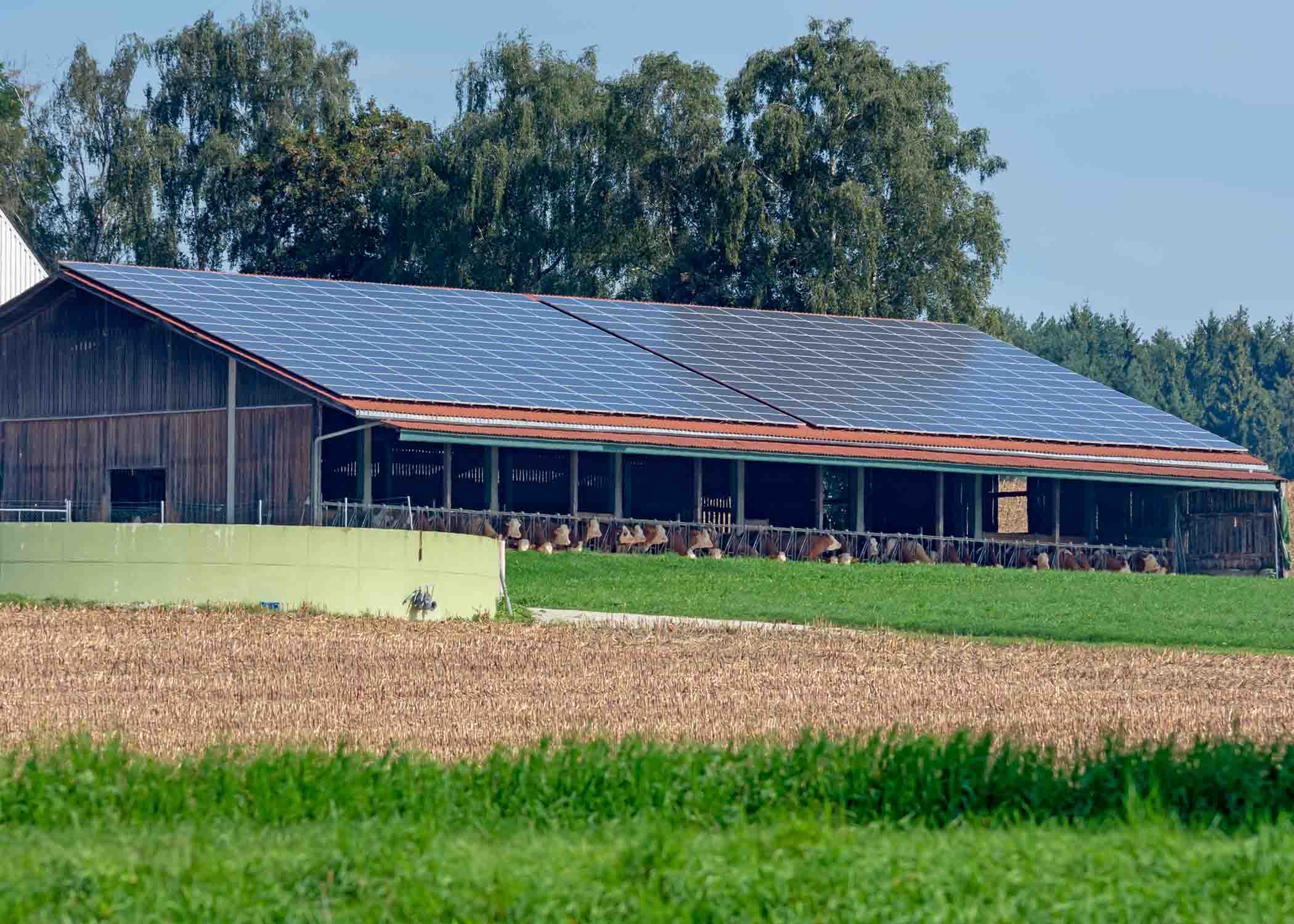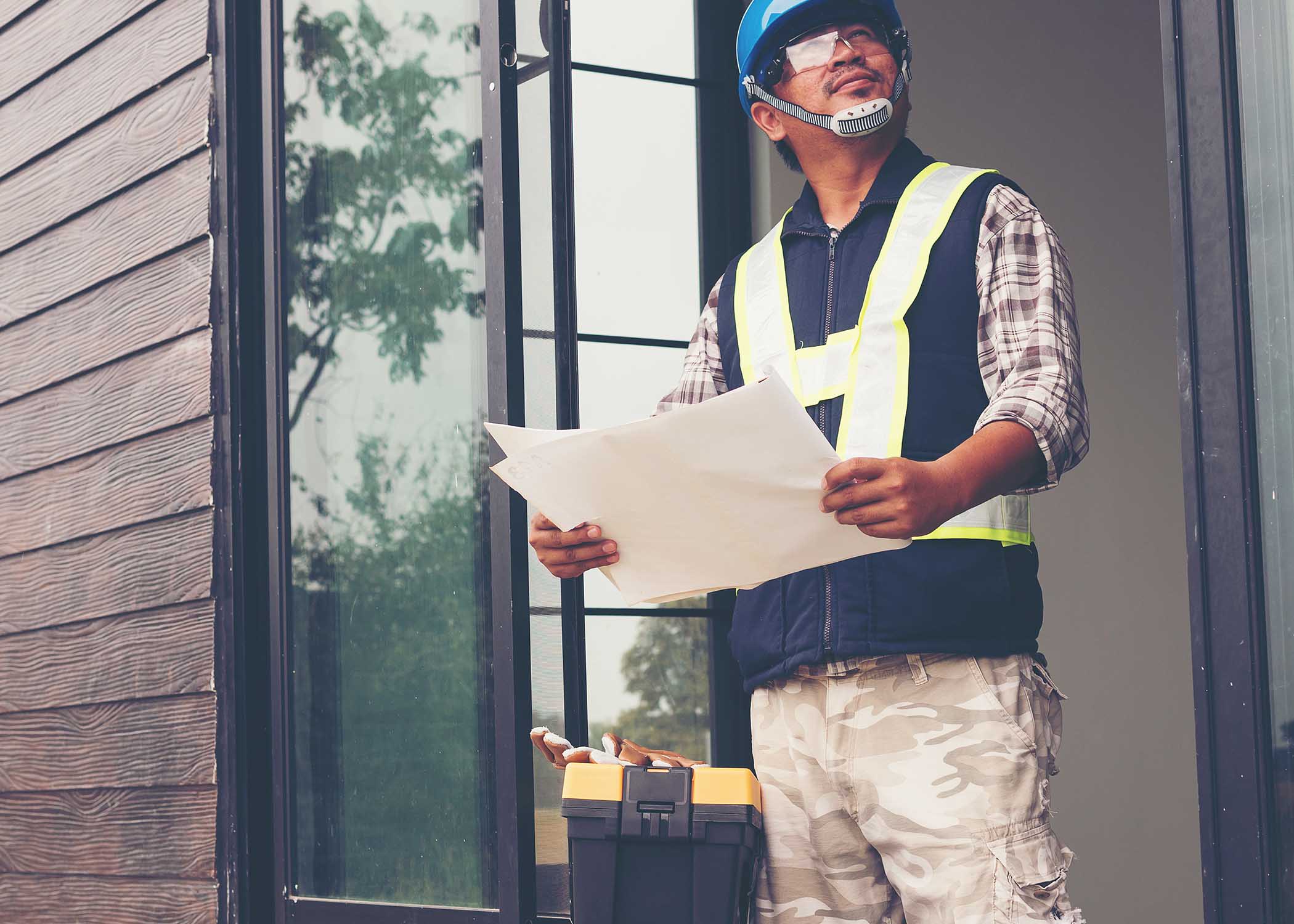Ever seen a solar company promote an offer for “free solar panels?”
The offer sounds too good to be true…and unfortunately, it is.
Yes, there are (legitimate) installers that will put free solar panels for your home. But the catch is that they require you to enter into a solar lease or power purchasing agreement (PPA).
These offers entice people with a no-cost way to go solar. But when you examine the contracts, they heavily favor the solar installer over the 25-year life of the system.
This article explains the economics behind leases and PPAs to show how the offer of “free solar panels” ultimately costs the end user money in the long run.
What are Solar Leases / Solar PPAs?
Solar leases and PPAs offer people a way to go solar with no up-front cost.
Under a solar lease, the installer builds a system on your property and charges you a monthly fee to lease the equipment from them. You pay a flat monthly fee and get to use 100% of your system’s production.
Power purchasing agreements (solar PPAs) are similar, except instead of renting the equipment for a set fee each month, you buy power from the installer at a flat rate per kWh. So if you use less power than your system produces, you don’t have to pay for any excess generation.
Drawbacks of Solar Leases & Solar PPAs: “Free Solar Panels” Aren’t Free
Under both agreements, the main drawback is that you don’t own your system. The installer owns it.
They structure it this way so that they can claim the Federal Tax Credit and any local incentives for going solar. As of 2020, that represents a 26% credit on your total costs to go solar.
A system that costs $10k rewards a $2,600 tax credit to the system owner. Under leases and PPAs, it is the installer—not you—who gets to pocket this credit. You miss out on the largest financial incentive for supporting renewable energy.
Yes, they’ll put free solar panels on your roof, but they also reap most of the long-term value from owning the system. They make more than enough profit over the life of the system to recoup the cost of equipment—savings that should end up in your pocket.
A Better Way To Finance Your System
Of course, we understand why leases and PPAs are appealing. You get the benefits of going solar immediately, like making a positive impact on the environment and locking in a flat electric rate for the next 25 years.
Leases and PPAs let you enjoy the benefits of going solar without the up-front cost. But there’s another financing option that gives you a much better return on investment: a personal loan from your bank or another 3rd-party lender.
Solar leases and PPAs are essentially high-interest-rate loans from a solar installer. You tend to get better rates and terms from your bank, especially if you’ve been a long-time customer.
But the major distinction is that by taking out a personal loan, you are the owner of your system. This allows you to claim the 26% tax credit for going solar—which can immediately be applied to your loan balance to accelerate the payback schedule, if you so choose. (Check out the video below if you want to know more about how the tax credit works.)
The Hidden Cost of “Free Solar Panels”
So how does buying solar stack up to leases and PPAs?
We did some math to figure out the return on investment into solar under four different payment plans:
- cash purchase
- personal loan
- solar lease
- solar PPA
Our math is based on the cost to own this 5.2 kW system under each of the four payment plans. We assume the cost of electricity starts at $0.16/kWh and raises by 3% each year for 25 years (the length of a solar panel warranty).
For the purchase and personal loan options, the value of the tax credit is included because you own your system. We also factor in a $1/watt installation charge for these options.
For leases and PPAs, we did not add the installation charge because it is included as part of the package. We also leave out the tax credit, because that belongs to the solar company that owns the system.
See how all four payment plans stack up over 25 years:
As you can see, buying your system outright represents the best value over 25 years, even though the cash payment puts you in the red up front.
The next best option is taking out a personal loan. The initial cost is $0, but interest payments eat into energy savings for the first 7 years until the loan is paid off. It quickly rebounds after year 7 when the owner starts to keep 100% of the energy savings from their system.
After that, we come to solar leases and solar PPAs. Though they don’t cost you anything up front, the value is dampened by the solar company taking a cut of the savings each month. By the end of the warranty period, leases and PPAs have chewed up more than half the potential energy savings as profits for the solar installer.
This is why we strongly recommend choosing a personal loan over a solar lease or PPA If the option is available to you. An offer of “free solar panels” may be tempting, but it could potentially cost you $25K in energy savings over the life of the system.
We want everyone to go solar—but we also want them to fully reap the benefits. If you need to finance your system, personal loans are by far the superior option to solar leases or PPAs.


